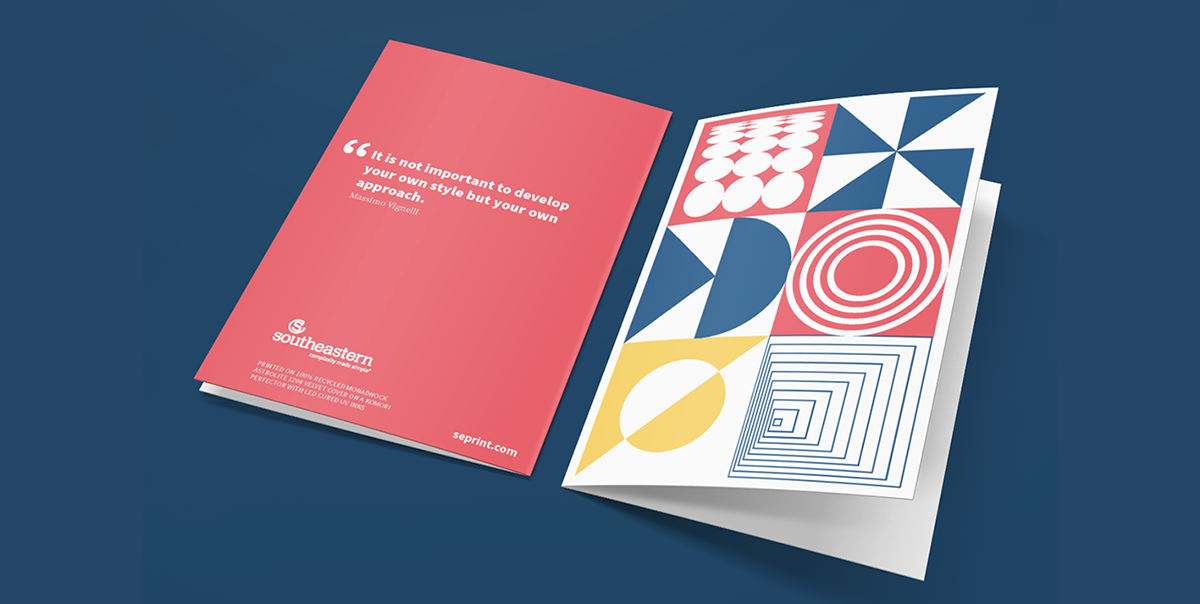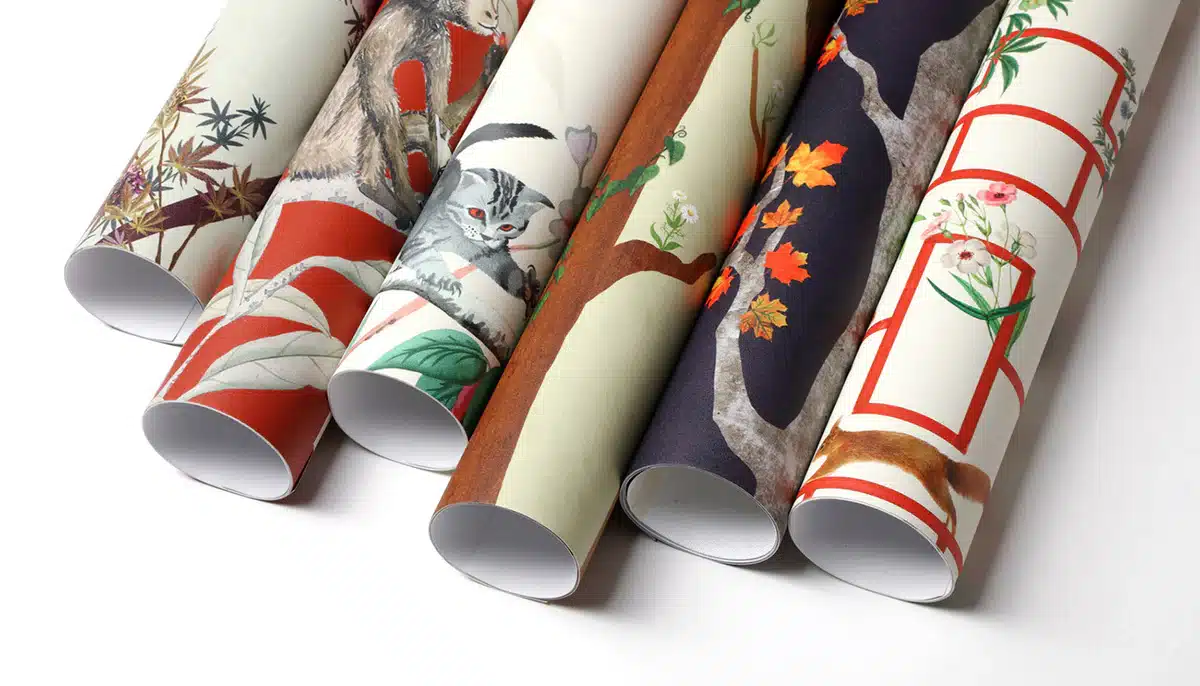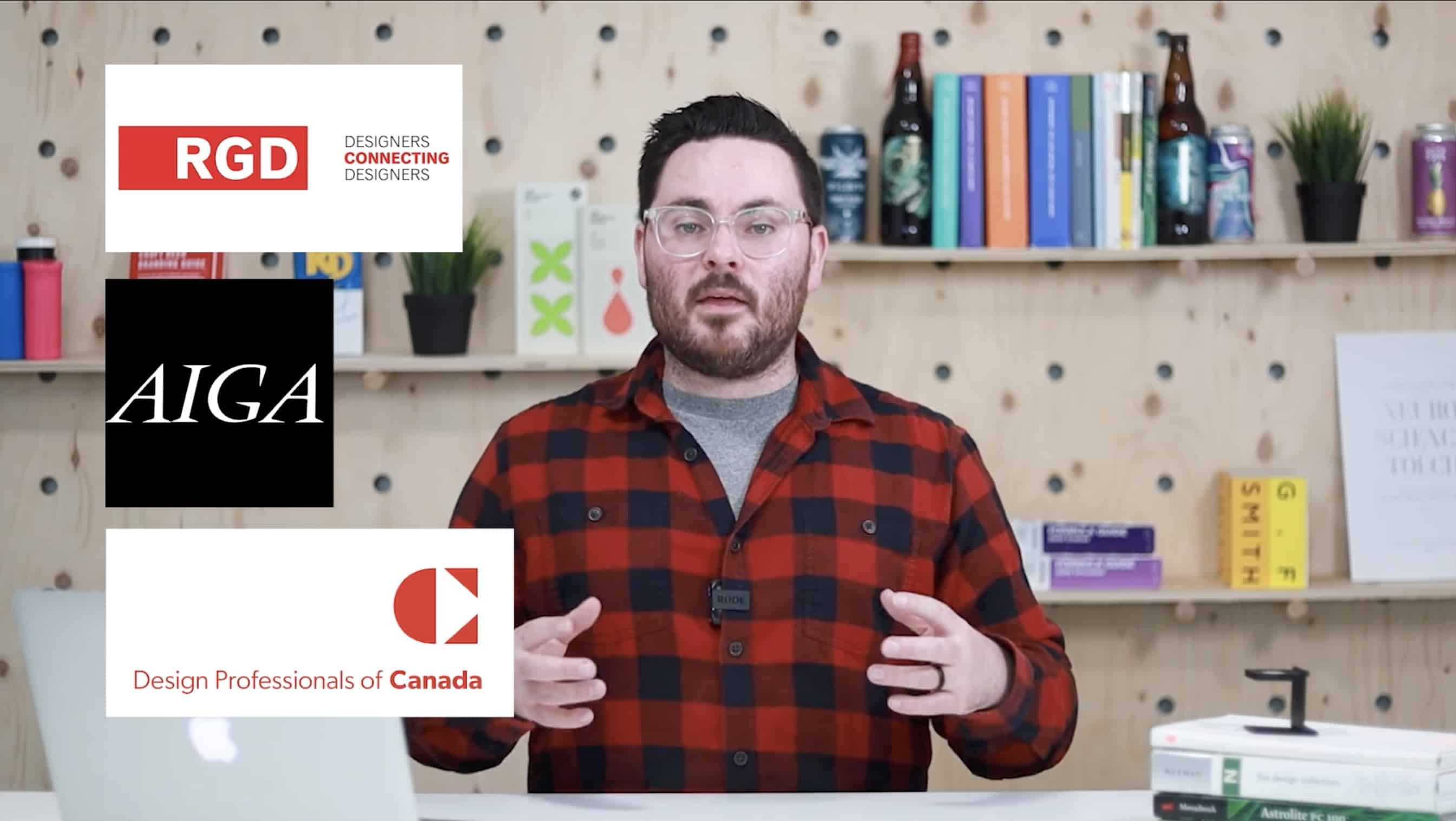While duotones, tritones, and quadtones (multitones) seem to be on everyone’s graphic design trends to watch lists, the effect has a long history in design. First used in sepia photographs to brighten up grayscale pictures, it was used on record covers and movie posters to create psychedelic art in the 60s and 70s, Shepard Farley’s work in the 90s and has recently seen a resurgence in the past decade thanks to Spotify’s rebranding campaign in 2015.
Multitones are back in fashion and have taken on several exciting new formats. With unlimited potential from vibrant to understated, multitones can be used to grab attention or tie together a brand identity. The effect is created by replacing the original image colors with two to four colors of choice based on the lightness and darkness of the image. The current resurgence of the multitone trend has taken color to another dimension. Historically, multitones were created by mixing black with spot colors (premixed inks), but it is also possible to replace black with a color of choice to create a more vibrant, colorful image.
Consult Your Print Service Provider
The production of printed multitone material relies heavily on the printer and printing process. As printing presses print about 50 gray levels per ink color, multitones are often used to increase the range of tones of grayscale images. Where a duotone adds one color to the black plate, a tritone adds two colors to the black plate, and a quadtone adds three colors to the black plate (for totals of three and four colors, respectively). Working closely with your printer will help create a plan for setting percentages and proofing the image before printing.
While historically created by using black and spot colors (premixed inks), you can use process colors when working with multitones thanks to advancements in printing processes and image manipulation software.
New to multitones or photo editing?
There are two ways to create multitones in Photoshop:
- Duotone color mode. In Photoshop, duotone refers to monotones, tritones, and quadtones as well as duotones. To access the Duotone mode, you must first convert the color image to grayscale.
- Gradient Map. This simple method allows you to easily create a multitone effect. Check out Adobe’s tutorial here.
Ready to make ink dance on paper?
CLICK HERE to request your swatchbook and see how Monadnock Fine Printing Papers can maximize the possibilities of your vision.





